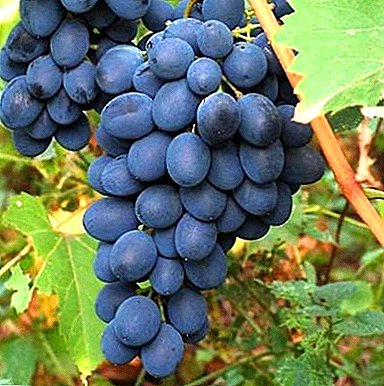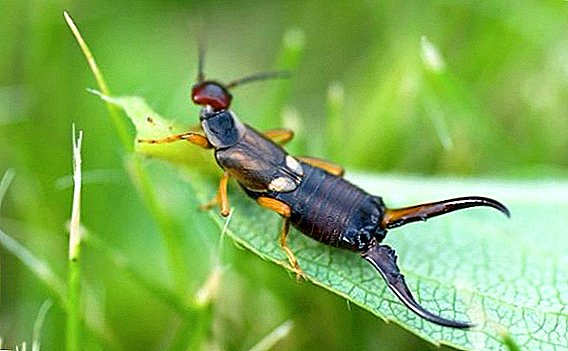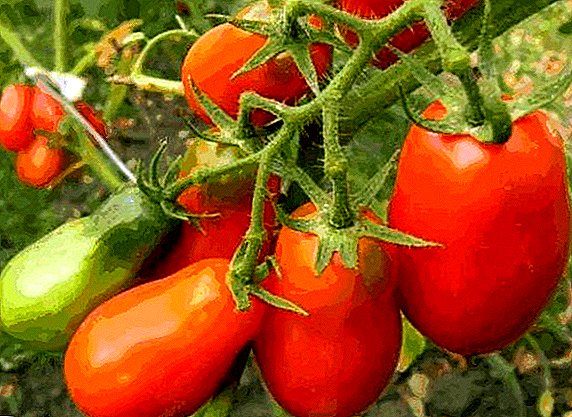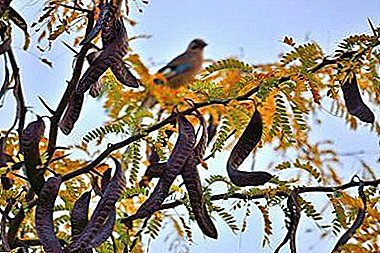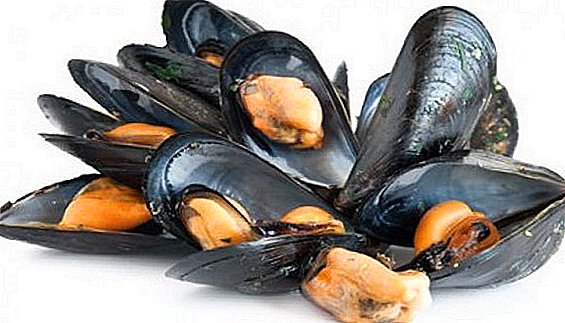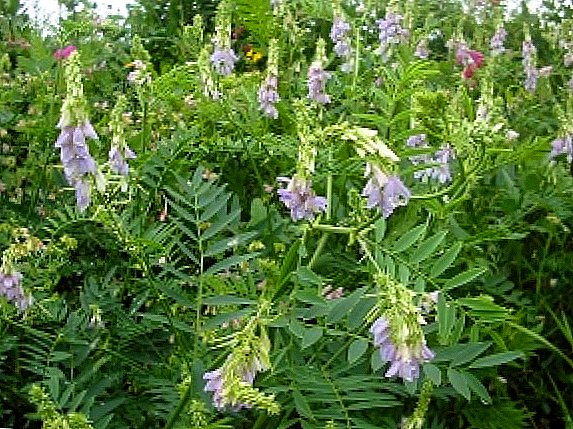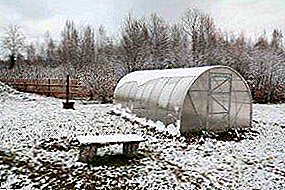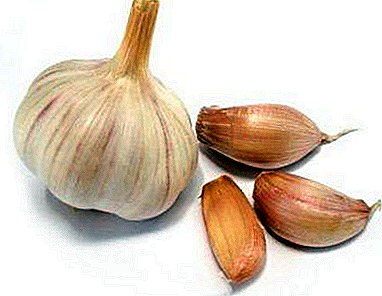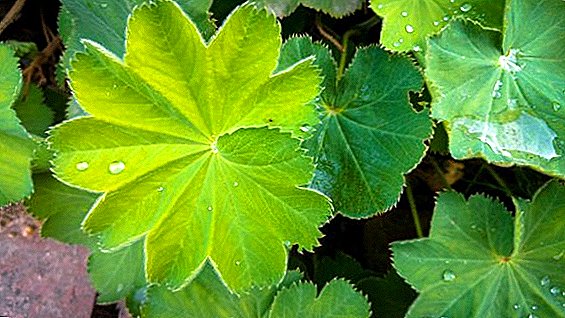 First, you plant a beautiful ornamental plant in your garden, and then by chance you will find out from someone that this is a wonderful medicinal plant.
First, you plant a beautiful ornamental plant in your garden, and then by chance you will find out from someone that this is a wonderful medicinal plant.
That is how, as a rule, familiarity with the cuff ordinary occurs.
It is rich in a variety of therapeutic properties and has practically no contraindications. We will talk about it today in our article.
Biological description
This herb is a medicinal plant from the Rosaceae family, which is also a perennial.
The grassy part of the cuff reaches 40 cm. The root system of the cuff is creeping and thick. It is underground and grows horizontally, spreading threadlike roots in all directions. Stems grow from the root. They grow straight, but do not grow very high above the soil. Small villi cover almost the entire stem.
The same hairs cover the lower leaves of the plant, growing on elongated petioles. They have a lobed-rounded shape and very wide, on the one hand they are semicircular in shape and decorated with teeth along the edge. The leaves that grew on the stems are small and wiry on short petioles. Flowers of the cuff grow in inflorescences; they are small and yellow in themselves. On individual receptacles grow small fruits in the form of nuts. They appear on the plant in large quantities.
The leaves that grew on the stems are small and wiry on short petioles. Flowers of the cuff grow in inflorescences; they are small and yellow in themselves. On individual receptacles grow small fruits in the form of nuts. They appear on the plant in large quantities.
This medicinal plant grows in the fields, on the banks of rivers, near houses, in ditches and forests of all Europe. Cuff loves wet land, does not really like the climate of the South.
Chemical composition
This plant is the real grass of the alchemists, because until recently its composition was not fully studied. Studies show that the plant is rich in phytosterols - these are hormone-like substances that appear only in plants. The plant also contains cakhetins, atocyanes, a whole range of flavonoids, fats and their acids, as well as phenol carboxylic acids.
Vitamin C is present in a cuff in some quantity. The composition of trace elements is represented by manganese salts, zinc salts, iron and boron compounds. The plant contains tannins, resins, monosaturated acids, sugars, tannins, bitter compounds.
Did you know? In Latin, this grass is called Alchemilla - the grass of the alchemists. For hundreds of years alchemists tried to make an elixir of eternal youth and beauty out of it.
Recipes
An ordinary cuff is used in various medical preparations, which are used for 3-4 months. The prophylactic course of drugs from this plant is carried out at least 1 month twice during the year.
With diarrhea.
Take 2 young leaves and plant stalks. Squeeze the juice out of them and drink 20 ml every two hours.
Infusions of ordinary cuff:
General:
- 60 g finely sliced dried grass;
- 300 ml of boiling water.
 Also, the infusion of this plant can be used with excessive menstruation:
Also, the infusion of this plant can be used with excessive menstruation:- 45-50 g cuff (finely chopped and dry);
- 250 ml of boiling water.
Broth used in case of miscarriage:
- 30 g cuff (finely chopped and dry);
- 200 ml of boiling water.
It is important to remember that when threatened with miscarriage, it is contraindicated to take dill, barberry, St. John's wort, blueberries, dogwood in any form.
For compresses, douching and washing:
- 100 g dried chopped leaves;
- 500 ml of boiling water.

Healing properties in traditional medicine
Cuff ordinary due to its successful combination of chemical and biological components has a variety of positive effects on the human body. Therefore, the use of herbs in medicine is very popular around the world. Scientists have repeatedly proved in studies its medicinal properties: arrest of blood, production of breast milk, healing of wounds, fighting inflammation, elimination of toxins, strengthening of blood vessels, destruction of tumors and cleaning of the bile duct. This list is far from complete.
Herb cuff, also called female grass, because its healing properties are commonly used in gynecology. The drugs from it are effectively treated: vaginal itching, pain during menstruation, various bleeding.
To normalize the cycle and reduce pain, chokeberry, nettle, cumin, bushless oregano, quinoa, dodder, dogrose, Chinese lemongrass, Chinese rowan red are used.
Proven therapeutic properties of plants with trophic ulcers, bowel and stomach diseases, inflammatory processes in the digestive tract. Wound healing comes from the fact that there are coumarins in the grass, which significantly speeds up the process.
Bioflavonoids, which are present in the composition of the plant, are powerful antioxidants. Lignin has a detoxification effect, it removes toxins, heavy metals and salts from the body.
Did you know? The name of the plant is no more than 300 years, because before that there was no cuff in Russia. The grass was known to our ancestors as rosnik or rosnitsa.
Medicinal properties in alternative medicine
In folk medicine and alternative medicine, the herb has found wider application than in the official one. The cuff is very popular with healers in the form of a diuretic, expectorant, wound healing agent. Infusions and decoctions of medicinal plants are used internally for diseases of the bronchi, respiratory tract, asthma and tuberculosis.
Cystitis and cholecystitis, including inflammation of the bile ducts, are successfully treated with tinctures.
With cholecystitis refer to the help of Physalis, celandine, soapworm.
There are cases of the use of folk healers and shamans of this plant for rheumatism, diabetes, gout and back diseases. Hemorrhoids are treated with tampons, abundantly moistened with infusion of the cuff. Cuff ordinary known active field of medical applications. It is used along with other things to get rid of excess weight and cellulite, and the application is both external and internal.
Cuff ordinary known active field of medical applications. It is used along with other things to get rid of excess weight and cellulite, and the application is both external and internal.
If infusions of plants drink during sports activities - This will contribute to the fastest weight loss. Thanks to the cuff, the movement of blood through the vessels and metabolism both throughout the body and in the upper layers of the epidermis is improved, thanks to which subcutaneous fat is absorbed.
Compress from this herb against cellulite also easy to make. To do this, grind 40 g of grass and fill it with very hot water in a volume of 1 l. Let the solution stand for about half an hour, then strain. Grass thickening should be placed on the fabric and tied on problem areas. The exposure lasts 30 minutes. The fabric can also be moistened in the infusion and attach to places with cellulite.
Cellulite helps: prickly pear oil, Indian onion, hazelnuts, curative wormwood, thuja, broccoli, cactus, black cumin, honey-boiled honey.
Cuff has a lot of useful properties, if applied in pregnancy, namely from 3 of the third month. Medicinal properties of the herb will save the future mother from miscarriage, contribute to the proper development of the fetus. Infusions of the cuff will relieve mothers of nervousness and prepare the woman's body for childbirth.
Important! Also, the grass increases the production of breast milk, so many of it is used after childbirth.
Decoction you can rinse your mouth with stomatitis, wet eyes with conjunctivitis. If you have inflammation of the skin, acne or eczema - you can also use herb lotions. Also, with a large amount of nasal mucus, you can wash the nose with broth.
Harm and contraindications
The cuff is not particularly harmful and has no contraindications to the use, excluding the very rare individual intolerance to the components.
Important! Cuff preparations have no contraindications, in reasonable quantities they can be given even to small children.
However, a long course of treatment, overdose, or an excess of it in the body can lead to impaired intestinal motility and diarrhea. In this case, it is better to stop accepting it for a while.
This plant has a wide range of medical uses. Its healing properties are recognized not only by folk healers, but also by official medicine. Compliance with the prescription and rules of use will allow you to recover from a variety of diseases thanks to the cuff ordinary.



